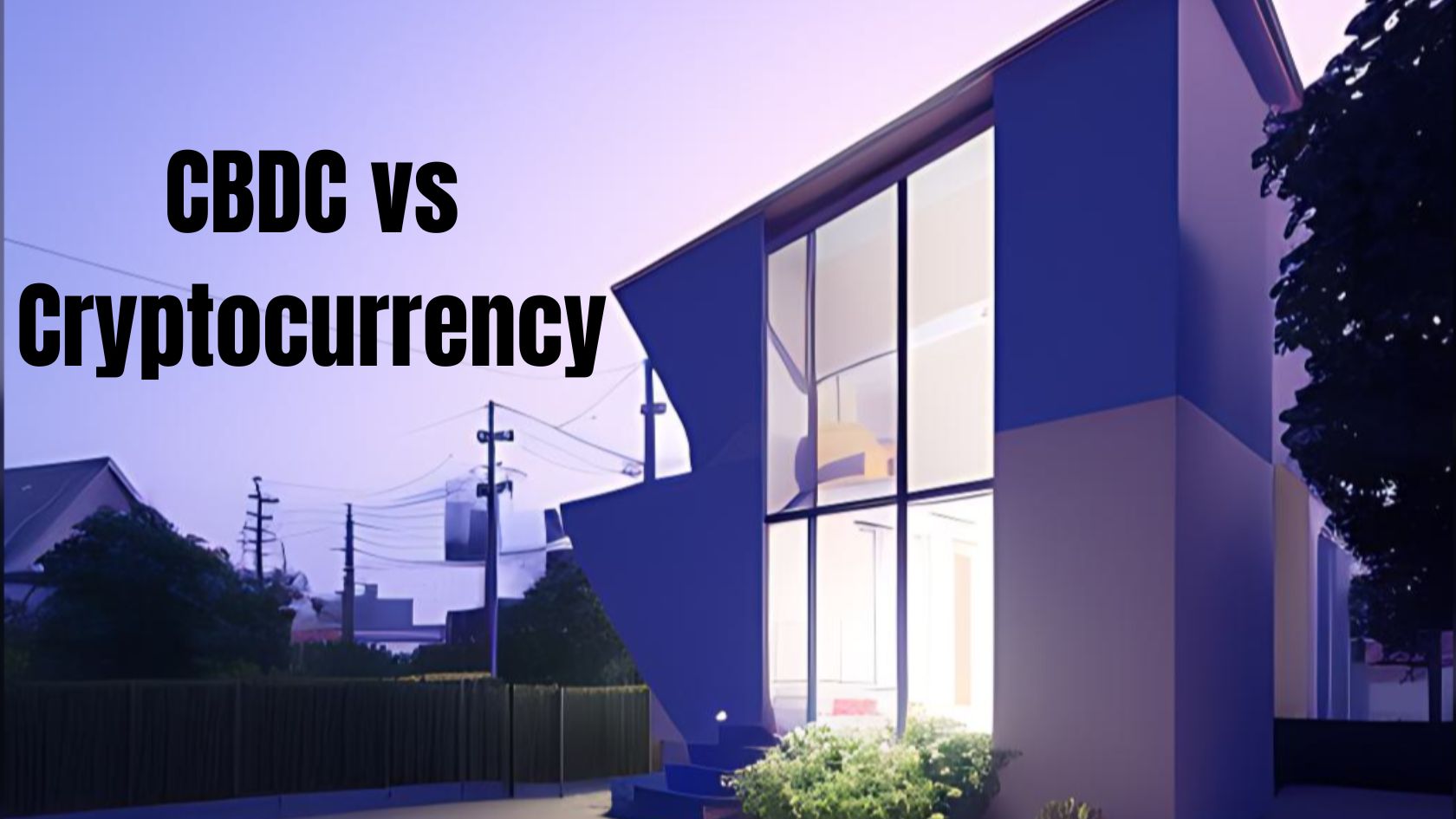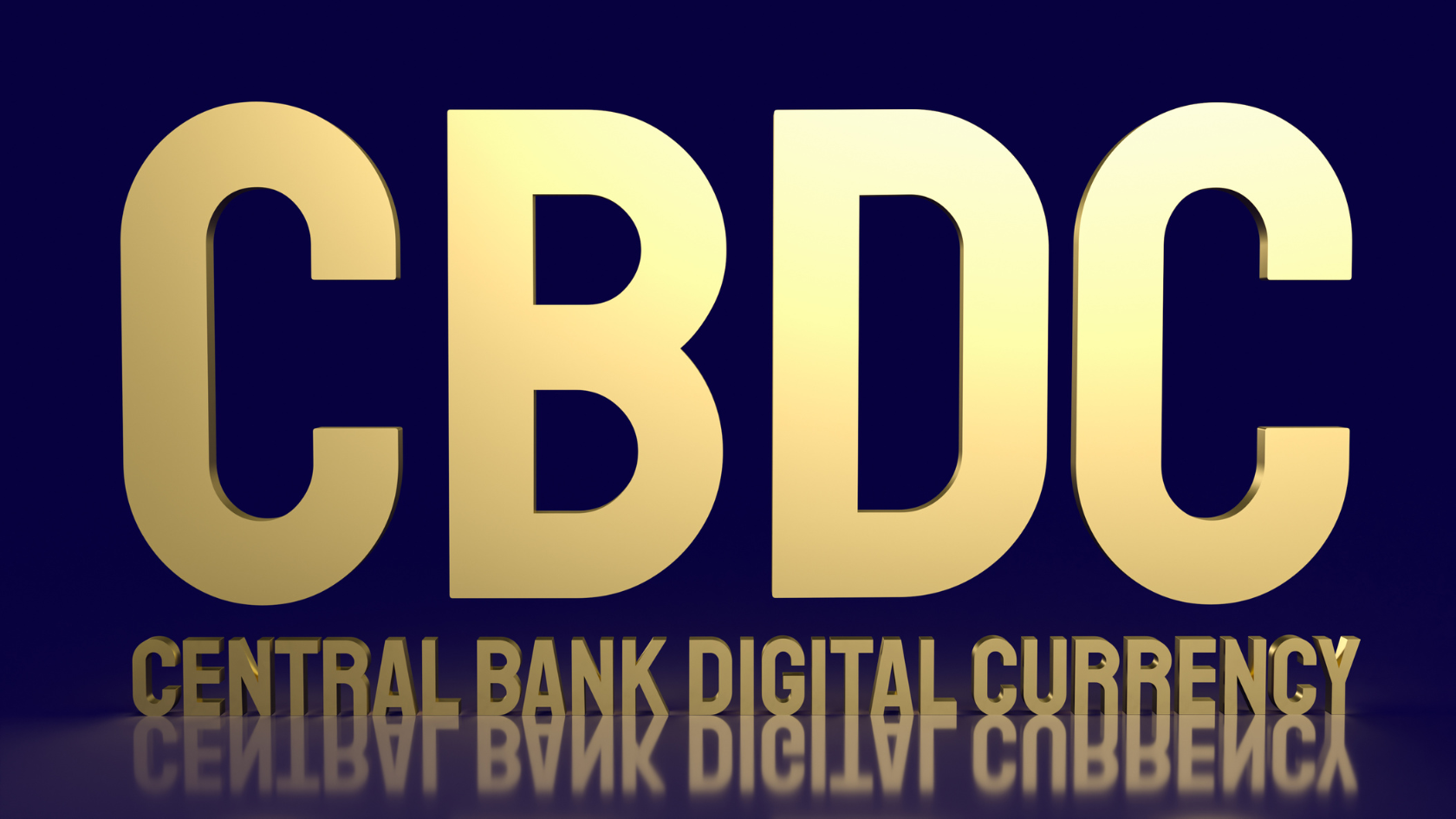Cryptocurrency has become somewhat of a buzzword in investment circles. Binance, smart contracts, and digital assets are prevalent, and many coins have hit all-time highs over recent months. From differing assets such as Bitcoin (BTC), Ethereum, Solana, and Tether, there are many different cryptocurrencies that investors are investing in.
Even for seasoned investors, the ins and outs of the crypto ecosystem can be confusing. As with any intelligent investor, knowledge is vital. You must know some available tools to help make more informed investments.
One of the most recent projects that helps to overcome some of the barriers of investing in crypto is Loopring.
Certain crypto assets have high costs and slow speeds regarding transactions. This can make the barrier to entry high and difficult for new investors.
Loopring helps alleviate some of the difficulties of investing in crypto.
What Is Loopring?
Loopring began as a project from ex-Google software engineer Daniel Wang. His project sought to make transactions on the Ethereum blockchain quicker and cheaper without risking the security of assets and money.
Essentially, it is a protocol for Decentralized Exchanges (DEX) that matches buyers and sellers at market price without an initial possession of buyers’ and sellers’ funds.
What Is DEX?
Upon hearing DEX, you may be wondering what that is as well. DEXs are an aspect of DeFi that allows crypto investors to trade on a cryptocurrency exchange without an intermediary.
Operating on the DAO, these open-source platforms allow buyers and sellers to facilitate their exchanges and cash in on liquidity without taking control of their coins.
There are three ways that DEXs facilitate trading between investors, an on-chain order book, an off-chain order book, or an automated market maker approach.
With on-chain order books, every transaction an investor makes is written on a blockchain; this includes more than just the purchase of crypto. It includes the request to purchase and cancellations. Though this is ideal for decentralization, it makes the process more expensive and time-consuming.
Off-chain order books only have the final transaction written on the blockchain. Though this method is faster than on-chain order books, it risks being vulnerable to hackers.
Automated market makers do away with using order books and use algorithms to set the price. Individual investors are more critical in facilitating trades with automated market makers than if they were to use order books.
What Is CEX?
This is different from a Centralized Exchange (CEX), a crypto exchange where investors can buy, sell, or exchange cryptocurrencies that are available on that site. Some examples of CEXs are Bitcoin and Coinbase.
CEX differs from DEX because the exchange occurs on the site’s database rather than on a blockchain.
You may wonder then what benefits come from trading on a CEX or a DEX.
For some, trading on a DEX has its advantages. For one, DEXs are known to have more security than CEXs. Along with the fact that a CEX can limit your access to certain crypto assets, it can also fall more vulnerable to hackers.
Are there any benefits to trading on a CEX?
There are. For new investors, trading on a CEX may be much more manageable than trading on a DEX. Crypto investing can be challenging for some, especially if they are new to investing. They allow for faster trading because a blockchain infrastructure does not hold them down.
What Does Loopring Do?
Coming back to Loopring’s protocol, the project focuses on order book-based DEX. Knowing the differences now between DEX and CEX, along with the nuances of order books, you can begin to understand how Loopring works.
For many investors, there seems to be a give and take when using order books. On-chain order books offer better security, but the transactions can be expensive and take longer than expected. On the other hand, off-chain order books allow quicker and cheaper transactions but run the risk of fraud or hacking.
Loopring seeks to meet both issues by making transactions quicker and easier without sacrificing security.
Loopring also works with Ethereum, the main chain layer one, while Loopring is layer two. The hope is that this project will help to increase capacity by a thousand times, significantly improving the transactions process for investors.
What Is Ethereum?
Within Ethereum, it is essential to know how Loopring works and what it offers to investors.
Ethereum is a decentralized software platform that utilizes blockchain technology known for its crypto, ether (ETH).
Ethereum allows people to use ETH to pay for things such as goods or expenses if accepted and creates secure digital technology.
So, when investors invest in ETH, they will realize that the price of the transaction corresponds with how much data the transaction contains.
What Loopring does, since it is a layer two technology, is it executes transactions outside of Ethereum, which is a layer one.
The way that Loopring can execute transactions outside of layer one is by using cryptographic technology called zkRollups (rollups). The “zk” in zkRollups stands for “zero knowledge,” which is a way in which one party can prove to another that a particular statement is true without having to share information about the statement.
In the context of Ethereum, the zero-knowledge proofs that Loopring utilizes can batch up transactions and execute them outside layer one.
This is how Loopring can make single transactions cheaper and quicker without sacrificing security. Layer two protocols inherit much of the same security as layer one transactions, but they allow transactions to be executed faster and cheaper. This method significantly reduces the barrier of entry for participants wanting to invest in crypto and utilize platforms such as Ethereum.
When people utilize Loopring, they may realize that the experience is more similar to a CEX than some DEXs that they may be familiar with. This is because Loopring is order book based, which many CEXs utilize. However, unlike CEXs, it allows users to have more control over their assets on not depend solely on platforms for transactions.
What Loopring Has To Offer
Loopring’s exchange protocol has an excellent performance track record, with the ability to do 200 trades per second, about ten times as much as Ethereum can do alone.
Loopring adds to the productivity and ability of Ethereum to be more effective in the marketplace. It can enhance performance greatly and decrease the costs of transactions. This is especially important with crypto since it can often be highly volatile.
Loopring also has a native token, LRC tokens, and the ERC-20 token running on the Ethereum network. Loopring’s token has a market cap above $425M and a current daily trading volume of about $29M. Many investors buy loopring, which has a circulating supply above 1.3 B.
People can invest in LRC through the Loopring exchange and many other DEXs and CEXs on the market.
If people are interested in Loopring, they should follow the news. There have been updates about the loopring network within the past few years, with more to be expected. There will be upgrades for the platform and NFT support as well.
Conclusion
Investing in crypto can be confusing and challenging. New investors may find the barrier to entry high, limiting the number of assets they have the possibility of investing in.
Before investing in crypto, it is vital to know the basics so that you can make informed decisions throughout the process.
Wise investing begins with doing research. Understanding Loopring and how it differs from CEXs and other forms of DEXs can facilitate your investing experience. This is where American Crypto Academy comes in.
American Crypto Academy is run by a team of experts, and we’re dedicated to making cryptocurrency and the blockchain easy, with educational resources and professional programs taught by carefully chosen industry professionals.
Check out our blog or check out our other community resources to learn more.
Source:
What Is Loopring? An Ethereum Tool for Decentralized Exchanges and Payments | Decrypt
What Is Loopring and How Does it Work? | Coin Desk
What Is a Decentralized Exchange (DEX)? – Decrypt
What Is Ethereum and How Does It Work? | Investopedia
Loopring Price | LRC Price, USD converter, Charts | Crypto.com





